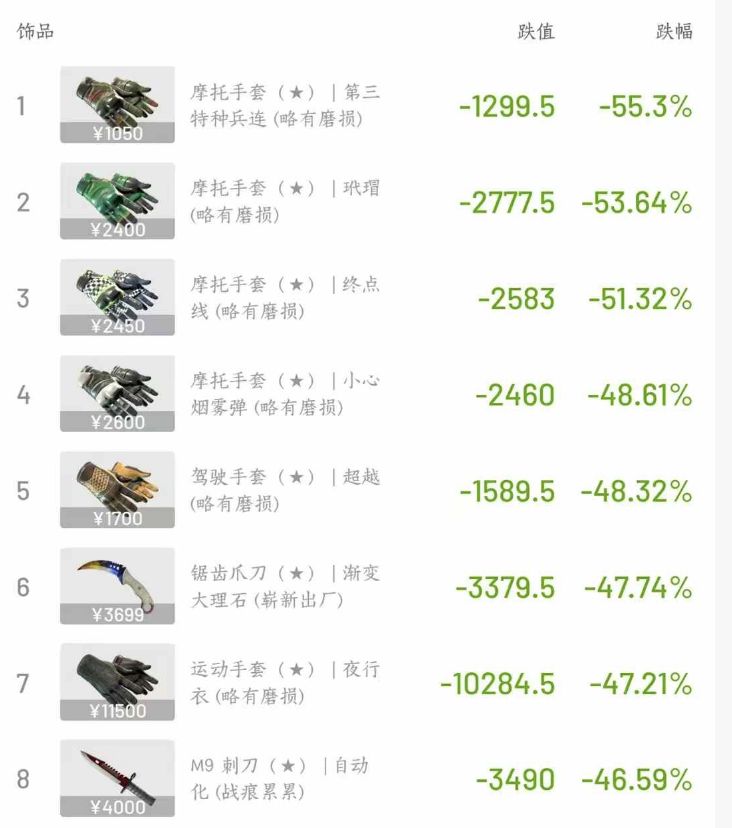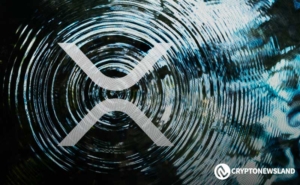XRP Price Trajectory: How Legal Jurisdictional Clarity in France and Quebec is Reshaping Institutional Adoption and Market Stability
- French and Quebec civil law frameworks drive XRP's institutional adoption through enforceable transparency and real-time UBO registration. - Contrast with common law jurisdictions like Ontario highlights valuation risks due to self-reported disclosures and fragmented governance. - France’s 2019 PACTE Act and MiCA regulations, alongside Quebec’s ARLPE law, create stable environments for XRP’s cross-border utility and institutional trust. - Legal clarity in civil law jurisdictions reduces compliance burden
The XRP price narrative in 2025 is increasingly shaped by the interplay of legal frameworks across jurisdictions, with French Civil Law systems emerging as a critical catalyst for institutional adoption and price stability. As global markets grapple with the dual challenges of regulatory ambiguity and investor confidence, the contrast between enforceable transparency standards in civil law jurisdictions and the fragmented governance of common law systems has become a defining factor in XRP's valuation dynamics.
The Civil Law Advantage: Quebec and France as XRP Hubs
French Civil Law jurisdictions, particularly Quebec in Canada, have established robust frameworks like the Act Respecting the Legal Publicity of Enterprises (ARLPE). This law mandates real-time registration of ultimate beneficial owners (UBOs) and enforces external verification for entities holding 25% or more of voting rights or fair market value. Such transparency reduces information asymmetry—a persistent risk in crypto markets—and aligns with institutional-grade compliance expectations. For XRP, this means Quebec's civil law regime provides a stable legal backdrop for partnerships with institutional custodians, fostering trust in its utility-driven model.
France itself has reinforced this trend through the 2019 PACTE Act and the Markets in Crypto-Assets Regulation (MiCA), which harmonized AML/CFT standards and cybersecurity protocols. By 2025, France hosts 108 registered digital asset service providers (DASPs), creating a fertile ground for XRP's institutional integration. The enforcement of MiCA's transition period until July 2026 further solidifies a predictable regulatory environment, reducing the volatility often associated with unregulated markets.
Common Law Challenges: Fragmentation and Valuation Risks
In contrast, Common Law jurisdictions like Ontario and Alberta in Canada rely on self-reported disclosures, which are inherently prone to manipulation. This lack of standardized governance creates valuation risks for XRP and similar assets, as institutional investors demand verifiable compliance. The absence of a unified framework in common law systems also complicates cross-provincial ETF adoption, increasing compliance burdens for market participants.
The U.S. Corporate Transparency Act (CTA), though invalidated in 2023, exemplifies the volatility of common law approaches. Such regulatory whiplash undermines investor confidence, particularly for assets like XRP that require long-term institutional commitments. While the U.S. Second Circuit Court of Appeals' August 2025 ruling affirmed XRP's non-security status in secondary markets, the broader U.S. regulatory landscape remains fragmented, limiting its appeal compared to civil law-aligned jurisdictions.
Strategic Investment Case: XRP as a Jurisdictional Arbitrage Play
The divergence in legal regimes presents a compelling arbitrage opportunity. XRP's price stability in civil law jurisdictions—where transparency and enforceable governance are codified—contrasts sharply with its volatility in common law markets. As France and Quebec continue to refine their regulatory ecosystems, XRP's utility in cross-border payments and tokenized asset markets gains institutional traction.
Investors should prioritize jurisdictions with civil law frameworks, as these provide:
1. Predictable Compliance: Real-time UBO registration and external verification reduce legal exposure.
2. Institutional Trust: Structured governance attracts custodians and ETF providers.
3. Global Scalability: Alignment with MiCA and DLT Pilot Regimes facilitates cross-border adoption.
Conclusion: Positioning for a Civil Law-Driven Future
As global markets evolve, the alignment of XRP with civil law principles—transparency, enforceability, and institutional compatibility—will be pivotal. Strategic investors should consider overweighting XRP in portfolios focused on jurisdictions where legal clarity is maturing, particularly as MiCA's full implementation in 2026 looms. The XRP price trajectory is not just a function of technical metrics but a reflection of the legal ecosystems that underpin its institutional legitimacy.
For those seeking to capitalize on this shift, the message is clear: legal jurisdictional clarity is the new alpha in crypto asset valuation.
Disclaimer: The content of this article solely reflects the author's opinion and does not represent the platform in any capacity. This article is not intended to serve as a reference for making investment decisions.
You may also like
Experiencing the 10.11 crypto black swan and the CS2 skin market crash, I discovered the death trap of "middlemen"
You think you're profiting from arbitrage, but in reality, you're paying for systemic risk.

PENGU Eyes $0.027 Breakout as Accumulation Phase Strengthens

Shiba Inu Whales Pile In as SHIB Targets $0.0000235 Breakout

Ripple Completes $1.25B Hidden Road Acquisition and Officially Launches Ripple Prime for Institutional Clients
